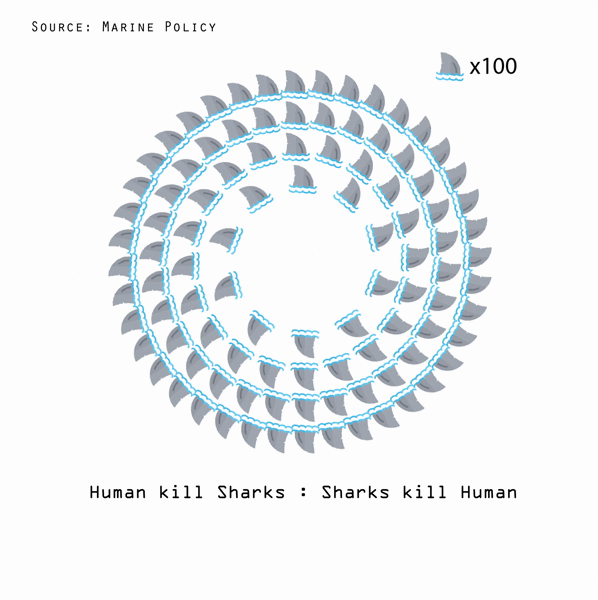World Largest Shark Fin Trader
Sharks are not commonly found in Hong Kong marine area, but shark fins are ubiquitous in the city’s dried seafood stores, hanging on the ceiling or placing inside glass jars neatly. Hong Kong is the world largest shark fin trading hub,
which accounts for about 40 percent of global shark fin trade annually, according to World Wildlife Fund.
Not only is Hong Kong the top shark fin trader worldwide, its shark fin consumption is also tremendous. According to Food and Agriculture Organization of the United Nations, the net shark fin consumption of Hong Kong in 2011 is 191,485
tonnes after deducting its import volume with the export volume.
Yet, Hong Kong’s shark fin imports and re-exports have been decreasing, thanks to shipping bans on fin carriage and stricter international regulations on endangered species. The shark fin imports halved since 2007, which decreased from
10,210 tonnes to 4,979 in 2017. Re-exports also fell by 75 percent, which declined from 5,683 tonnes in 2007 to 1,434 in 2017.



